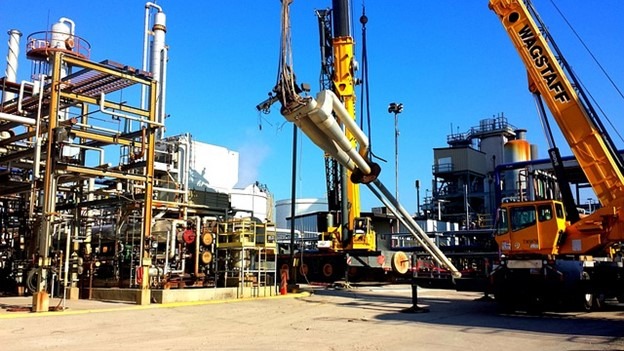Key Points
- Oil prices declined in Asian trade on Monday, reflecting ongoing concerns over slowing demand.
- China’s middling inflation data and underwhelming oil import figures for early 2024 added to the downward pressure.
- Brent Oil futures for May and West Texas Intermediate crude futures both saw price decreases.
- Chinese economic indicators reveal mixed signals, with consumer inflation rising slightly but producer price inflation shrinking more than expected.
- OPEC’s decision to maintain production cuts and Middle Eastern geopolitical disruptions further complicate the oil supply outlook.
Oil prices experienced a downturn in Asian trade this Monday, extending the previous week’s losses. This decline stems from mounting worries over a demand slowdown and a lukewarm response to predictions of tighter supply in 2024. The backdrop includes China’s modest inflation data, fueling concerns over demand, particularly given the lower-than-expected oil import figures for the first two months of 2024.
China’s Mixed Signals: Imports Up 3.3%, GDP Questions
China imported 10.74 million barrels of oil daily during January and February 2024. Though this marks a 3.3% increase year-on-year, it represents a decrease from December’s 11.39 million daily barrels. Furthermore, Chinese consumer inflation in February saw only a marginal increase, a silver lining attributed to Lunar New Year spending. However, the reduction in producer price inflation in February exceeded expectations, highlighting pressures on economic drivers such as factories. Additionally, the announcement of China’s GDP target for 2024 raised eyebrows for its lack of detail on planned stimulus measures to support growth.
Brent Drops 0.7%, WTI Down 0.8%: Market Reacts
The market’s response to these developments was swift, with Brent oil futures for May dropping by 0.7% to $81.52 a barrel and West Texas Intermediate crude futures falling by 0.8% to $76.91 a barrel. These movements underscore the volatility in oil prices amid fluctuating demand and supply outlooks.
OPEC Holds Cuts, Mid-East Tensions Stir Supply
OPEC decided to continue its production cuts, anticipating tighter supplies, thereby maintaining the current pace amid expectations. However, disruptions in the Middle East, notably the collapse of talks over an Israel-Hamas ceasefire, are expected to continue, adding another layer of uncertainty to the global oil supply chain.
Global Oil Dynamics: Prices Reflect Complexities
The recent decline in oil prices reflects economic indicators, geopolitical tensions, and strategic OPEC decisions, showcasing a complex interplay. In these uncertain times, stakeholders vigilantly adapt their strategies to evolving market dynamics, navigating global economic shifts. This situation highlights how regional events can impact worldwide commodities like oil, underscoring the interconnected nature of global markets.















